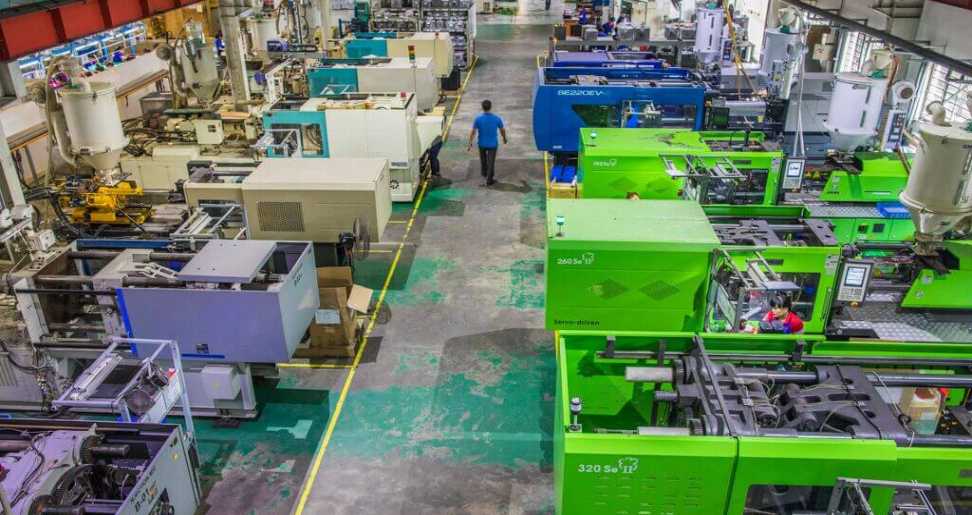The die casting industry is undergoing a period of significant transformation, driven by advancements in materials, technology, and manufacturing processes.The die casting industry is on the cusp of a transformative era, driven by advancements in materials, technology, and manufacturing processes.
These plastic mold innovations are poised to redefine the capabilities of die casting molds, enabling the production of higher quality, more complex, and sustainable components.
From the integration of advanced materials to the adoption of digital technologies, the future of die casting mold technology holds immense promise for enhancing manufacturing efficiency and product performance.
These developments are shaping the future of die casting mold technology and enabling the production of higher-quality, more complex, and sustainable components.
Advancements in Materials
High-Temperature Alloys: The development of new alloys with superior heat resistance and strength will allow for the production of components from more challenging materials.
Coating Technologies: Advanced coatings will improve mold life, heat transfer, and part release, leading to enhanced part quality and reduced maintenance.
Sustainable Materials: The use of recycled materials and environmentally friendly coatings will become increasingly important as sustainability becomes a priority.
Digital Transformation
Simulation and Modeling: Sophisticated software tools will enable more accurate prediction of casting behavior, leading to optimized mold designs and reduced defects.
Additive Manufacturing: 3D printing will be used for rapid prototyping of mold components, accelerating design iterations.
Artificial Intelligence (AI): AI-powered systems will optimize mold design, process parameters, and maintenance schedules.
Manufacturing Processes
Precision Machining: Advances in machining technology will enable the creation of molds with tighter tolerances and improved surface finishes.
Mold Assembly and Automation: Robotic systems and automated assembly processes will increase efficiency and reduce human error.
Mold Life Extension: Predictive maintenance and advanced diagnostics will help extend mold life and reduce downtime.
Sustainability and Circular Economy
Eco-Friendly Materials: The use of recycled materials and bio-based alloys will become more prevalent.
Energy Efficiency: Improved mold designs and manufacturing processes will focus on reducing energy consumption.
Waste Reduction: Efforts to minimize material waste and optimize mold life will be intensified.
Overcoming Challenges
Cost: Investing in advanced mold technology requires significant upfront costs.
Complexity: Designing and manufacturing complex molds demands specialized expertise.
Skill Shortages: Finding skilled labor with the necessary expertise may be challenging.
By addressing these challenges and embracing the opportunities presented by emerging technologies, the die casting industry can continue to evolve and thrive.
Conclusion
The future of die casting mold technology is marked by innovation, sustainability, and efficiency. As advancements in materials, digital tools, and manufacturing processes continue to evolve, the industry is poised to produce higher quality, more complex, and environmentally friendly components. By embracing these trends, die casting manufacturers can stay competitive and meet the evolving demands of the market.
Have A Look :-
- What Asset Cannot Be Depreciated?
- Top Things About Today’s Stock Market
- Top 20 Small Business Ideas For Beginners
Featured image Source :- https://tinyurl.com/akcv5z4h


